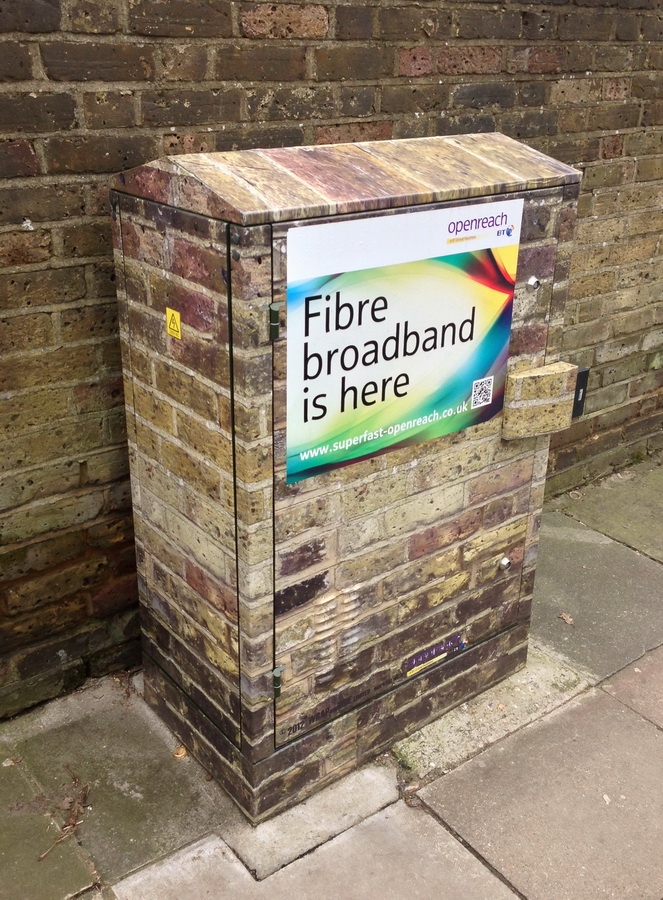SoGEA/FTTC/FTTP Broadband
We provide a range of broadband solutions, including but not limited to:
FTTC Broadband:
FTTC broadband stands for "Fibre to the Cabinet" broadband. It's a type of internet connection that combines fiber optic cables and traditional copper telephone lines to deliver high-speed internet access to homes and businesses.
Here's how it works:
- Fibre Optic Cable: The connection begins with a fiber optic cable that runs from the internet service provider's (ISP) central equipment to a street cabinet located near your premises. Fibre optic cables transmit data using light signals, allowing for very high speeds and reliability.
- Cabinet: At the street cabinet, the fibre optic signal is converted into a slower electrical signal that can travel over traditional copper telephone lines. This cabinet, often located within a few hundred metres of homes or businesses, acts as a distribution point for multiple premises in the area.
- Copper Telephone Lines: From the cabinet, the internet signal travels over the existing copper telephone lines to the premises. These lines, which are already in place for landline telephone services, carry the internet signal the final distance to your home or office.
SoGEA Broadband
SoGea Broadband, short for Single Order Generic Ethernet Access, is a technology introduced by Openreach, a subsidiary of BT Group here in the United Kingdom. It enables broadband services to be delivered over existing copper phone lines without the need for a traditional phone service.
With SoGea, customers can order a broadband connection without requiring an active phone line, simplifying the process and potentially reducing costs. This technology is particularly useful in areas where full-fiber broadband infrastructure is not yet available or cost-effective to deploy. It allows users to access high-speed internet services over existing infrastructure, offering an alternative to traditional broadband options.
FTTP Broadband
FTTP broadband stands for "fibre to the Premises" broadband, also known as "Full-fibre" broadband. It's a type of internet connection where fibre-optic cables are used to deliver high-speed broadband directly to individual premises, such as homes, apartments, or businesses.
In an FTTP setup, fibre-optic cables run all the way from the service provider's exchange to the premises, without any copper connections in between. This direct fibre-optic connection enables significantly faster and more reliable internet speeds compared to traditional broadband technologies like ADSL/FTTC.
FTTP broadband offers symmetrical speeds, meaning that the upload speed is the same as the download speed. This is particularly advantageous for activities such as video conferencing, online gaming, and uploading large files to the internet.
While the deployment of FTTP broadband requires significant investment in infrastructure, it provides users with a future-proof internet connection capable of meeting the increasing demands of digital applications and services.
For more information or to request a quote, please complete the form below:

